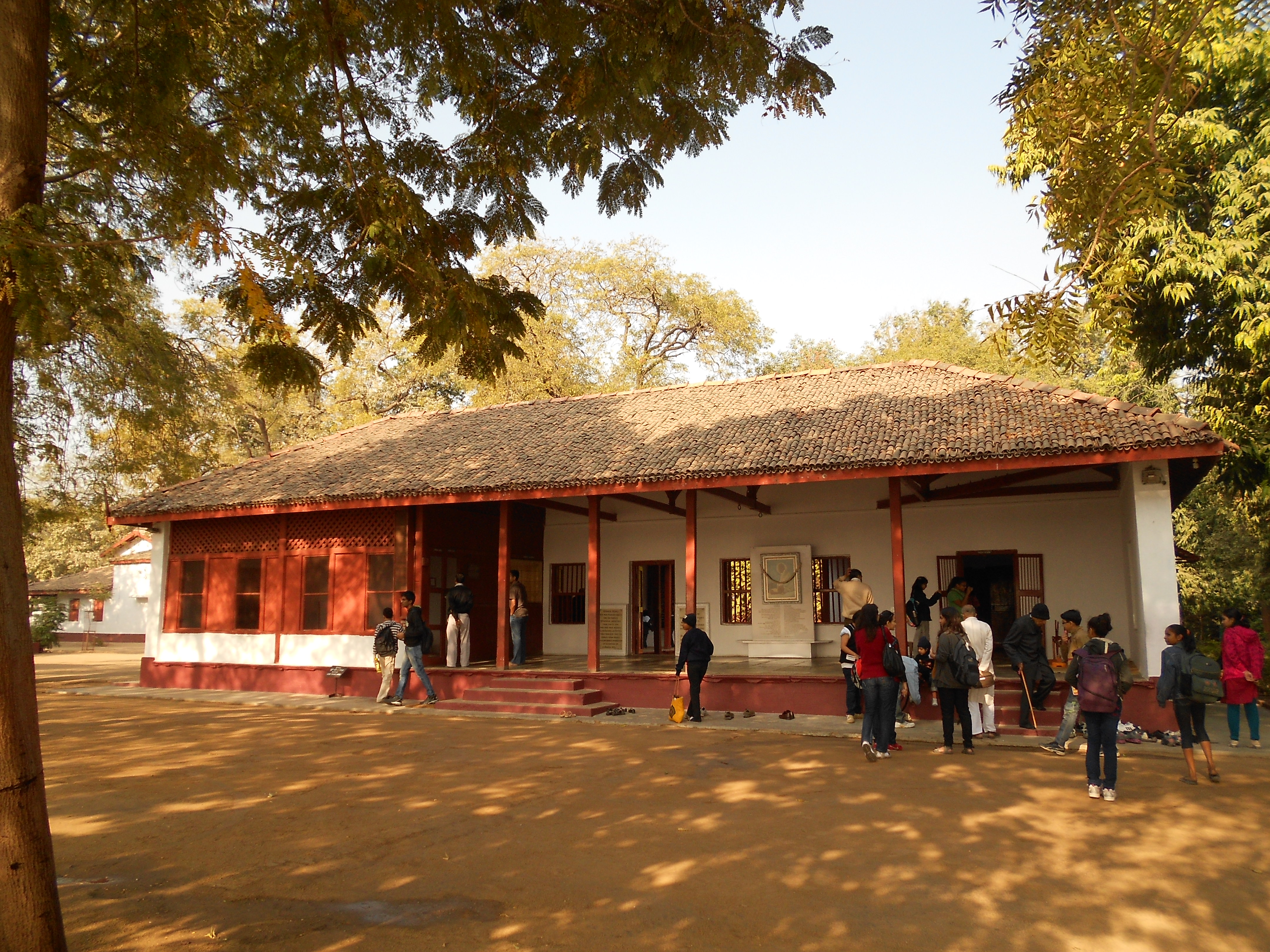Popular Ashrams in India

Strong 8k brings an ultra-HD IPTV experience to your living room and your pocket.
Ashrams are spaces for living that are governed by a series of concepts of spirituality and meditation closely linked to Hindu culture. They allow people to grow and evolve internally. An ashram in India is a relatively common place where you can live for a while, always following a series of rules.
If you are planning to go to India and you are going to stop by an ashram, keep reading because we are going to give you a series of tips so that you know what people are like in these places and what you should take into account before arriving.
Also Read About this blog - Popular Ashrams in India
The home of a spiritual master
Traditionally, an ashram is a place that belongs to a guru, who is considered a spiritual master. He can live there with his family, and it is therefore important that we understand that we will be living in his house and, as such, there will be a series of rules that must be followed.
Living in an ashram in India is an experience like no other. All visitors who spend a few days there automatically become part of the master's family, with all that entails. Following a routine and helping with chores will be part of the experience, one of the most enriching you can enjoy in the country.
An ashram is often compared to a monastery, although in reality, they are quite different. An ashram is not only a place of residence for spiritual masters, but is also conceived as a place of welcome where visitors can enjoy the accommodation offered. Of course, they must always follow a series of rules that must be followed in order to work on spirituality and show gratitude for the tremendous hospitality of the master.
An ashram is the perfect place for those who want to live their spirituality, but are not ready to leave their entire life behind and dedicate themselves completely to working on their inner self.
Ashrams were originally founded in India as places of seclusion, temples that retain many of their characteristics today but do not require total commitment. A very welcome compromise that attracts many people year after year.
Yoga in an Indian ashram is important, as is meditation. These are tools through which spirituality is worked on and can be of enormous help on the path of personal growth and nourishment of the soul. Hatha yoga, ashtanga, or kundalini are practiced in them, according to the principles of each teacher.
If you don't know how to join an Ashram in India, it's as simple as checking the accommodation offer of the region of India you are going to visit to see if there are any ashrams available. You will most likely find them available in many regions, since they are very widespread.
The routine of an Ashram: living with the spiritual master
The goal of going to an ashram is to work on your spirituality and reconnect with your inner self. But that doesn't happen without doing anything. That's why ashrams have their routines, and it's mandatory to follow them.
Some rules must be followed: you must cover your shoulders, not wear shorts, no public displays of affection if you are with a partner, no visiting the bedroom of the opposite sex, limited use of Wi-Fi (usually only about three hours a day), and no smoking or drinking alcohol.
It is striking that this spirituality is worked on through meditation and calm, and diet plays a vital role in reaching the perfect state. The diet is rich in legumes and vegetables; the use of spicy additives and vegetables such as onions is avoided, and the water available is usually of very good quality, since it is filtered.
There is a lot of time devoted to reading, chanting, retreat, communal tea drinking, meditation, and yoga. They provide everything you need to enjoy a comfortable stay, but you must also follow the activity plan
Training is important in an ashram, where the ashrama is often the central topic of conversation. For many, it is difficult to define what the ashrama is, but its meaning is quite easy to understand: it is a series of “stages” of Hindu civilization from ancient and medieval times. These four phases of existence are defined as Brahmacharya, Grhastha, Vanaprastha, and Sannyasa. Enriching, to say the least.
Please note that these talks are compulsory, and you will not be able to leave the ashram at will. To leave at unauthorized times, you will have to obtain permission from the spiritual master himself, and he only does so for justified reasons. Keep this in mind because it is very common in the ashrams in Rishikesh and any Sai Baba ashram.
What is special about the Sai Baba and Sabarmati ashrams?
These are the ashrams of the man who is considered one of the greatest spiritual masters in the history of Hindu culture. Shirdi Sai Baba, an active spiritual master until 1918, left his home to serve his devotees.
His devotees consider him a saint and the reincarnation of Shiva, one of the deities of the trimurti, who plays the role of the destroyer god of the universe and its subsequent renewal.
The spiritual component of these ashrams is very high, and the respect shown for the role of this deified figure is maximum.
It is not for nothing that Shirdi Sai Baba Ashrams occupy the highest position in any list that compares the different Ashrams spread across India.
It is, therefore, a place where the cult of Sai Baba is what drives all the activity of those present. Sai Baba's relevance has been such that there is no ashram exclusively dedicated to him, but rather a whole network of ashrams has been created where it is possible to enjoy a spiritual retreat following his example and doing so in his honor.
As for Sabarmati, its ashram is famous for being the home of Mahatma Gandhi from 1917 to 1930.
These enclaves played a crucial role in the development of Gandhi and in the consecration of his spiritual pillars, which is why the ashrams located on the banks of the Sabarmati River are among the most visited by visitors from all over the world, eager to work on their spirituality during their time of retreat.
Travelogy India provides Travel packages to India, Nepal, Bhutan, Tibet, Thailand, and Dubai. If you want to travel to India with Travelogy India, you can choose the India Tour Packages.
Note: IndiBlogHub features both user-submitted and editorial content. We do not verify third-party contributions. Read our Disclaimer and Privacy Policyfor details.







